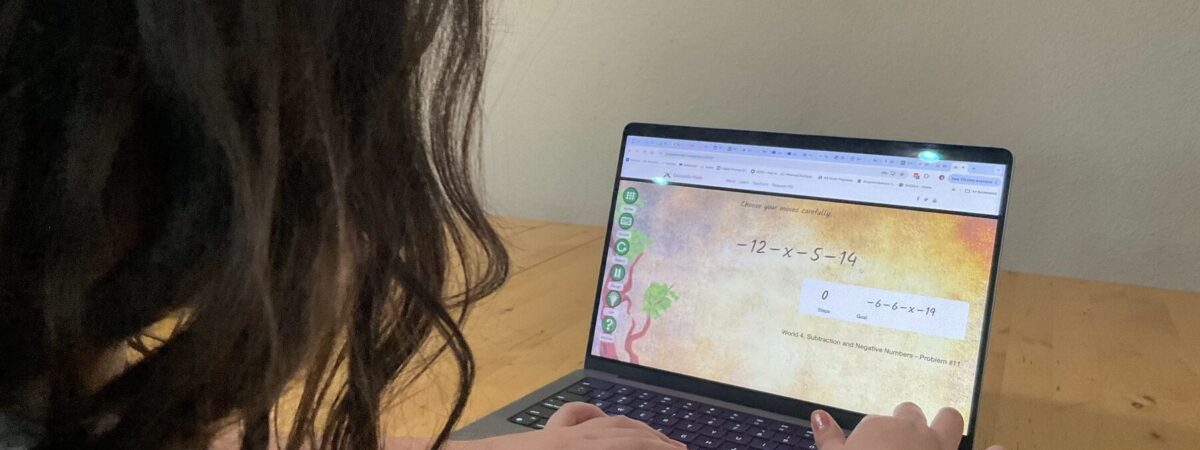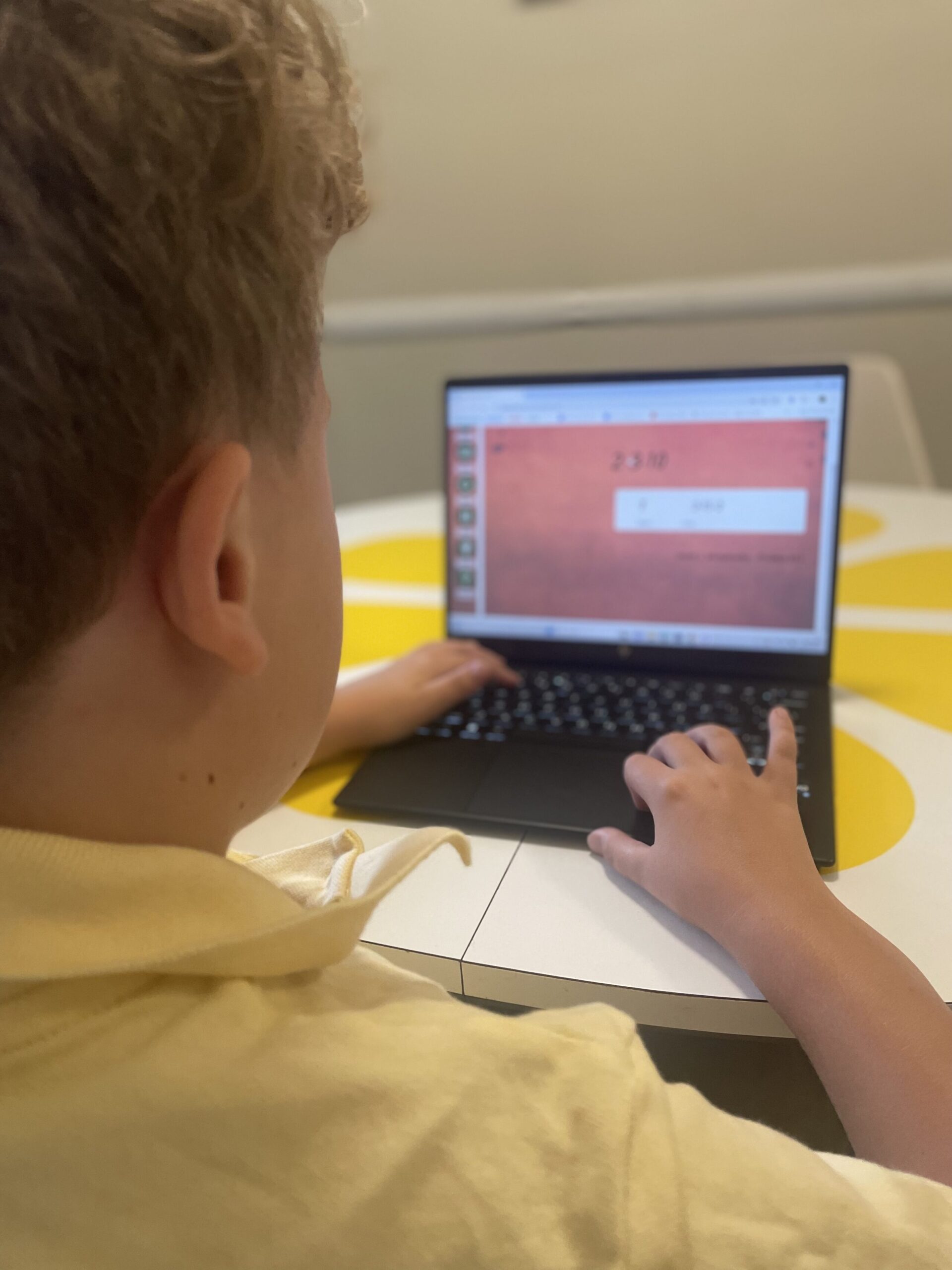
“You could hear a pin drop today in my class…not because they were bored or disengaged but because I finally was able to reach students where they are! They love FH2T!…This is what technology in the classroom should look like.”- Math Teacher
Graspable Math chose Digital Promise to lead the two-year project that will use the Research Practice Industry Partnership (RPIP) model to research usability, feasibility, and product-market fit, as well as an evaluative pilot. “We’re honored to receive the SBIR award from the Department of Education to help us bring the FH2T algebra game to more classrooms,” says Graspable’s president Erik Weitnauer. “This project is about empowering students to explore mathematics in new, engaging ways. Our partnership with Digital Promise is key to ensuring that FH2T truly addresses the needs of both teachers and students. The RPIP model aligns perfectly with our user-centric design and agile development approach, and together, we’re excited to make a real difference in math education.”
This RPIP builds on prior research led by Erin Ottmar, Associate Professor of Learning Sciences at Worcester Polytechnic Institute. With support from several IES Cognition and Student Learning research grants, Ottmar designed, developed, and tested FH2T for improving students’ algebraic understanding. A recent large scale Efficacy study found that using FH2T impacted 7th grade math achievement, even during the pandemic. Her team has found that FH2T not only improves students’ algebraic understanding, but by giving students opportunities to explore mathematics safely, it also makes students more flexible, persistent, and strategic, as well as being more willing to make mistakes and learn from those mistakes.
Ottmar states, “FH2T’s innovative goal state approach requires students to approach mathematics problem solving in a whole new way. In FH2T, students are not asked to solve or answer a problem, but are instead asked to transform and manipulate expressions from one equivalent state to another. The tool allows students to perform any mathematically valid transformation, and also provides feedback when students attempt mathematically invalid actions. Our research shows that when students are given opportunities to focus on the process of mathematics, rather than get the correct answer, and when students can fail safely, students are more willing to explore, plan out their strategies, and replay problems. Students utilize multiple pathways to the goal and it is that variability that leads to improved learning.”
Through Digital Promise’s Research-Practice-Industry Partnerships (RPIP), educators, researchers, and industry experts collaborate closely throughout every phase of development to ensure that projects like FH2T are grounded in real-world classroom needs. This unique partnership model is built on a continuous cycle of feedback, refinement, and testing. Educators provide valuable insights from the classroom, sharing their daily challenges or even goals for student learning. Researchers then work to translate these insights into evidence-based strategies, while industry experts bring the technology and tools to life in a practical, user-friendly way.

One of the key features of the RPIP approach is its iterative research cycle. Instead of waiting until a project is fully developed to test it, the RPIP model encourages early-stage collaboration where educators can pilot new tools like FH2T in real classrooms. This allows for direct observation of how students and teachers interact with the tool, providing essential data on usability and effectiveness. Based on this feedback, researchers and developers make adjustments to ensure the tool is more aligned with actual classroom conditions and student needs. The result is a more refined, research-backed solution that has been tested and adjusted in multiple real-world environments before it reaches a wider audience.
The RPIP model encourages ongoing innovation in education by continuously refining tools based on feedback from the field, promoting long-term improvement in teaching and learning. It also emphasizes that knowledge gained through this process doesn’t just benefit a single project—it informs broader teaching and learning practices. By connecting educators, researchers, and industry experts in a collaborative loop, RPIPs not only ensure the development of high-quality, impactful tools like FH2T but also helps shape the future of educational technology.
Continue your learning with these related Digital Promise resources: